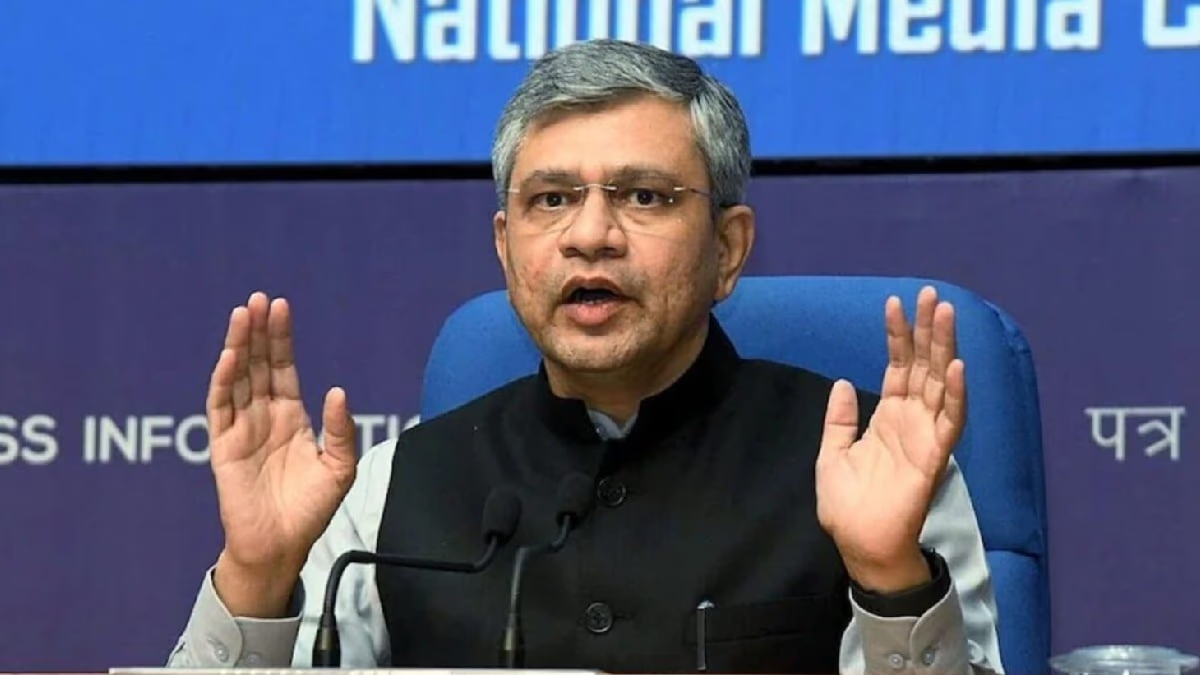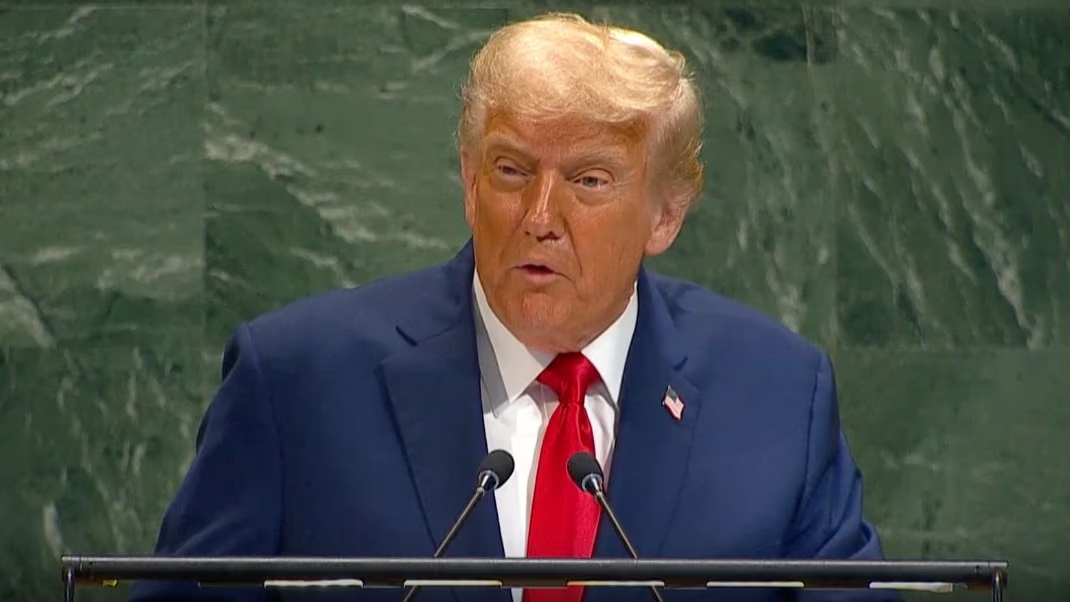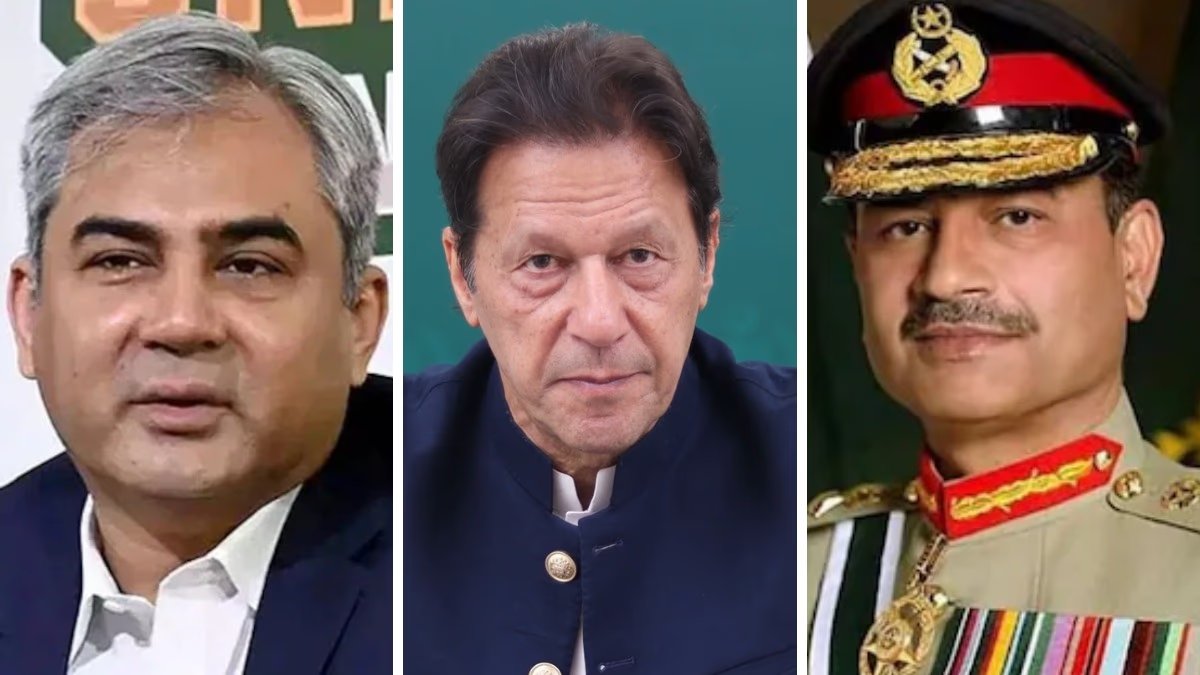Under the leadership of Prime Minister Narendra Modi, the Central Cabinet has approved the Unified Pension Scheme (UPS). The aim of this scheme is to provide guaranteed pension, family pension, and a minimum ensured pension to central employees. This scheme will be effective from April 1, 2025. Central government employees will have the option to choose between the National Pension Scheme (NPS) and the Unified Pension Scheme (UPS). Additionally, existing central government NPS beneficiaries will have the option to switch to UPS. State governments will also have the option to adopt the Unified Pension Scheme.
Union Minister Ashwini Vaishnaw mentioned that the Central Cabinet has approved the Unified Pension Scheme (UPS) for central employees and that around 2.3 million central government employees will benefit from this scheme. The UPS will be implemented from April 1, 2025, and the related regulations will be formed until then.
5 Highlights of the Unified Pension Scheme
Ensured Pension:
Under this scheme, government employees who have served for 25 years will receive 50% of the average basic salary of the last 12 months before retirement as a guaranteed pension. If an employee has served for over 10 years but less than 25 years, the amount will be calculated accordingly.
Ensured Family Pension:
If an employee dies while still in service, their family (spouse) will receive 60% of the pension.
Ensured Minimum Pension:
Under the Unified Pension Scheme, employees will receive a minimum monthly pension of ₹10,000 after 10 years of service upon retirement.
Inflation Indexation Benefit:
Employees will benefit from inflation indexation under UPS, meaning they will receive Dearness Relief (DR) based on the All India Consumer Price Index for Industrial Workers (AICPI-W).
Lump-Sum Payment:
Besides gratuity, employees will receive a lump-sum amount upon retirement. This will be calculated as one-tenth of the basic salary and dearness allowance for every six months of service. This amount will not impact the guaranteed pension of the employee.
Central Government Contribution:
According to PTI, the central government's contribution to the pension under UPS will increase from the current 14% to 18%, while the employees' contribution will remain at 10%. Ashwini Vaishnaw mentioned that some central employees met the Prime Minister to support UPS. He said that last year, Finance Secretary T.V. Somanathan led a committee to review government pension schemes and propose updates. This committee was formed when some non-BJP states decided to implement the Old Pension Scheme (OPS).
Ashwini Vaishnaw mentioned that PM Modi formed a committee chaired by Cabinet Secretary T.V. Somanathan. This committee held over 100 meetings with various organizations and almost all states. The difference between PM Modi's and the opposition's working methods is stark. Unlike the opposition, PM Modi believes in extensive consultation.
Here, it's important to know the difference between the Old Pension Scheme (OPS) and the Unified Pension Scheme (UPS).
Features of the Old Pension Scheme
- Mandated pension for retired employees in OPS - 50% of basic salary at retirement - Benefit of dearness allowance post-retirement - Gratuity amount up to ₹2 million - The government bore all pension costs
Provisions under the Unified Pension Scheme
- Mandated pension for retired employees in OPS - 50% of the basic salary for the last 12 months of service - Benefit of inflation indexation - Lump-sum payment besides gratuity at retirement - The government will bear all costs under UPS
Approval to Continue 3 Existing Schemes
Alongside, the Cabinet has also approved the continuation of three existing schemes, which will now be merged into a new central scheme named 'Vigyan Dhara' under the Department of Science and Technology (DST). This scheme will have a proposed budget of ₹10,579.84 crore for the period 2021-22 to 2025-26. Additionally, the government has approved the 'BioE3 Policy' by the Department of Biotechnology. This policy aims to promote bio-manufacturing by supporting research, development, and entrepreneurship in key sectors.




